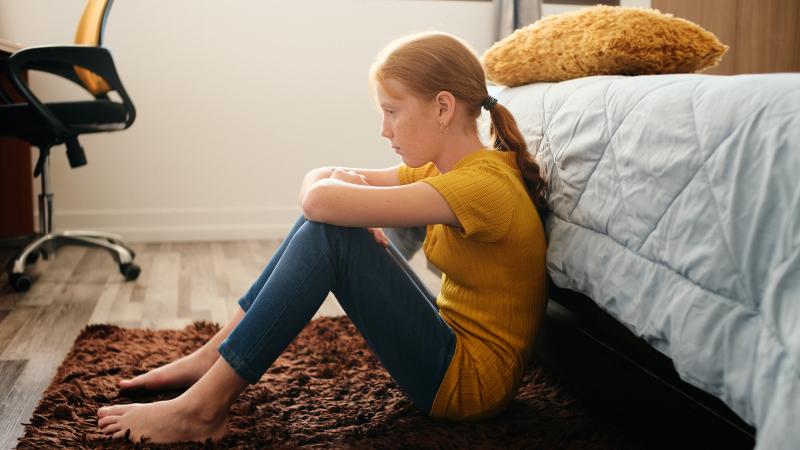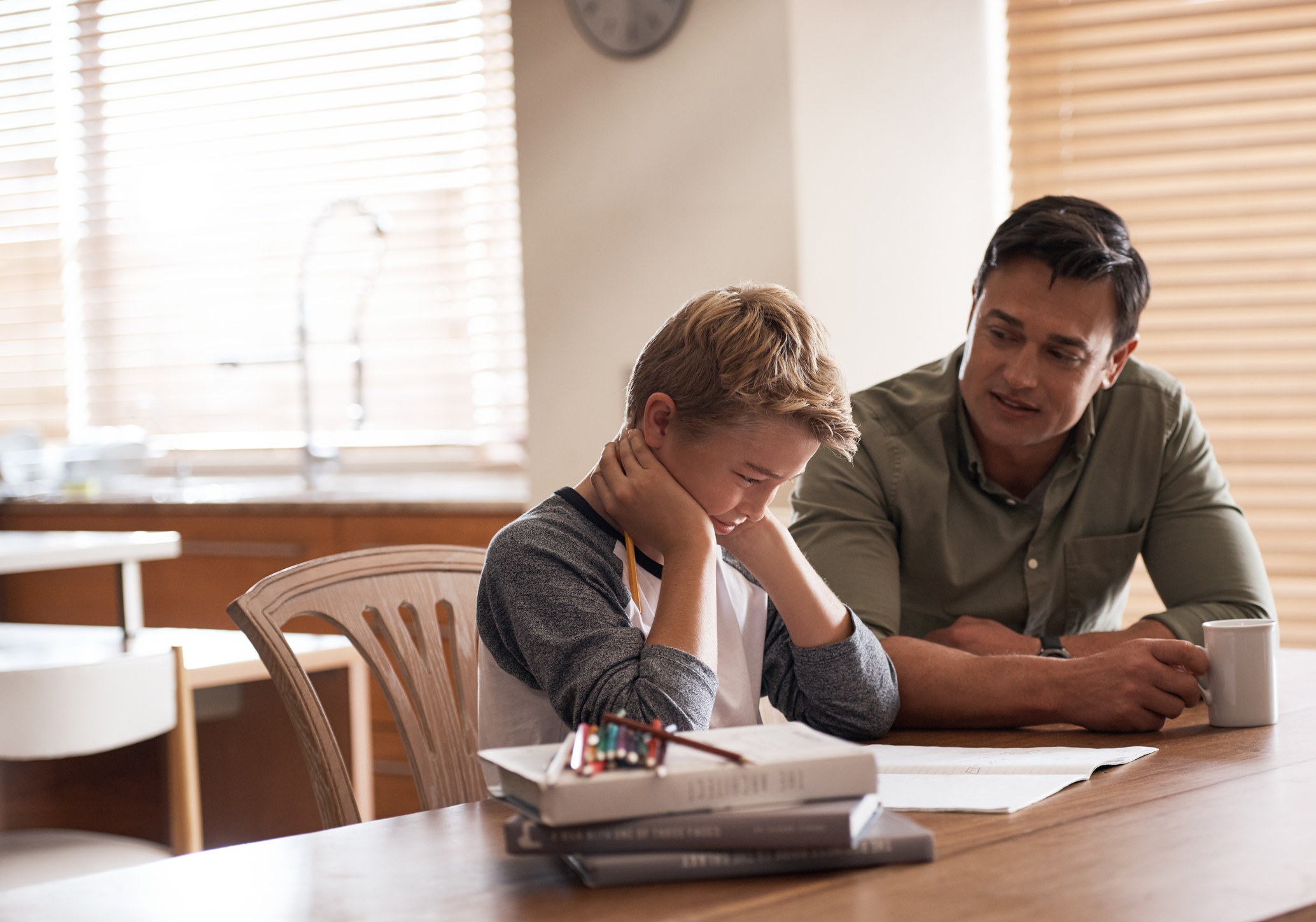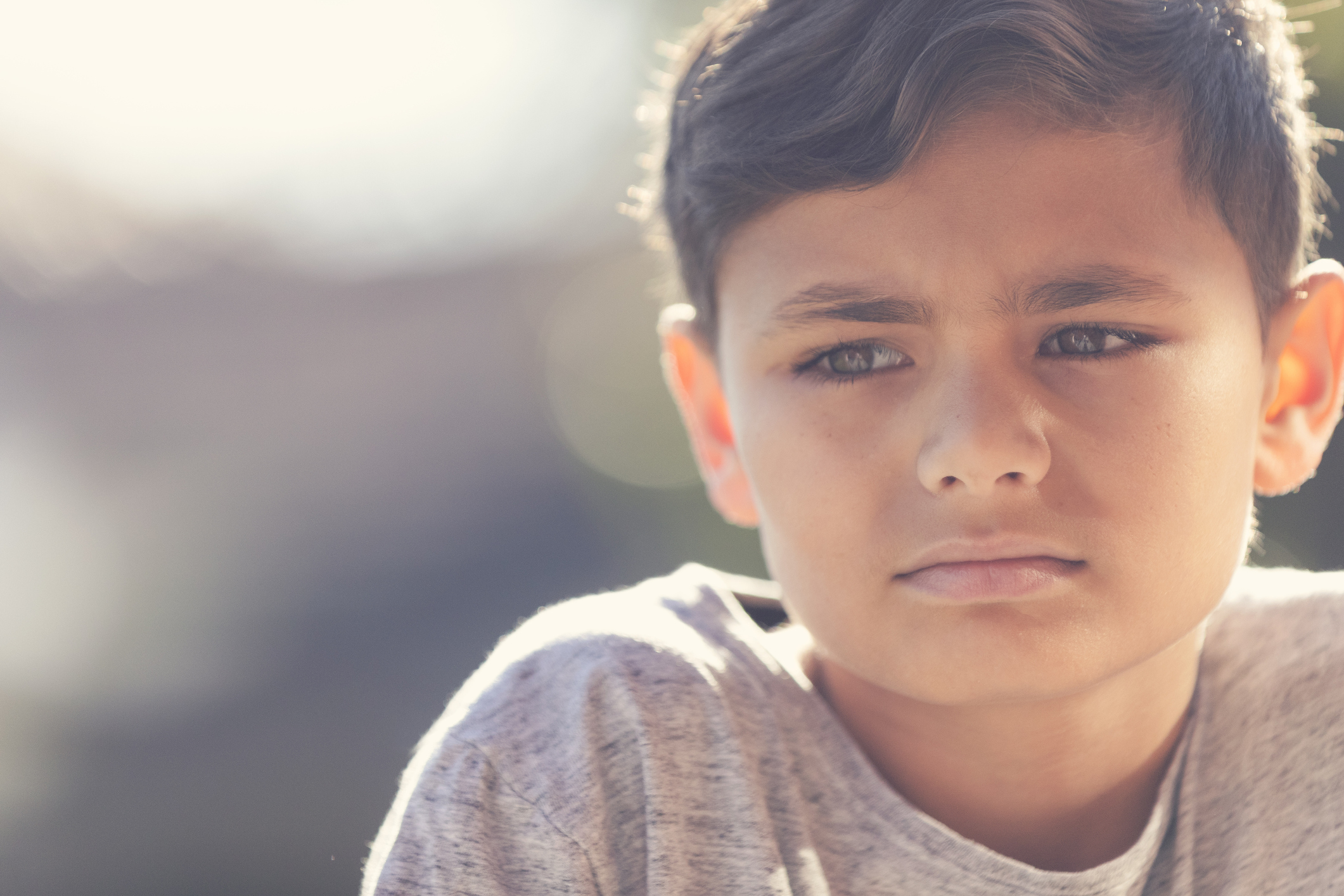
Has your child been arguing with you more lately? Or avoiding you? Both could be signs of anxiety caused by the upheaval to their world from COVID-19.
QUT researcher Dr Judith Howard, from QUT’s Faculty of Education, is a behaviour support specialist who is a national leader in trauma-aware education.
She said the sudden changes to our way of life, and fears about health and money, could cause anxiety for children as well as adults.
“Our children and young people need to know that the adults in their worlds remain their ‘safe havens’,” she said.
“They need to know that parents, carers, teachers and others are there to listen to their fears, to respond honestly, to help them understand what is happening, and to know that none of what has been going on will last forever. It will come to an end one day. We also need to keep reminding ourselves of that!”
Dr Howard said anxiety often showed itself in three different ways – ‘fight’, ‘flight’ and ‘freeze’ behavioural responses.
And, sometimes, it could also appear as someone being ‘unwell’ with things like tummy aches.
Signs of anxiety in young children aged up to 10
Dr Howard said anxiety in younger children could show itself in these ways:
- Fight response: Children behave in challenging ways and become angry and defiant.
- Freeze response: Children become quiet and difficult to reach.
- Unwell response: Children show symptoms of illness, perhaps nausea or dizziness. Some seem quite okay on the outside – but inside their minds are racing and their stomachs are churning.
Signs of anxiety in adolescents (10 to 19)
Dr Howard said adolescents could show anxiety in similar ways, but their behaviours can become more difficult to manage:
- Fight response: In adolescents, this can lead to physical or verbal aggression.
- Flight response: Young people can literally take off – out of the classroom or school or home – with little explanation.
- Freeze response: Young people can shut down psychologically, isolate themselves and, in very concerning circumstances, can think and act in impulsive or self-harmful ways.

Dr Howard said another common anxiety response from both children and adolescents was taking out their feelings on the adults around them.
“They can act in ways that suggest they blame you for their worries,” she said.
“This is very difficult to manage because it often feels so unfair. We need to remind ourselves that it is the ‘anxiety’ within the child that is speaking.”
Tips for parents
Dr Howard said it was important to take steps to prevent – as much as possible – our children and young people heading down the road of unmanaged anxiety.
And she said one of the best ways was to manage our own anxiety and set a good example.
“It is very difficult to help someone who is suffering with anxiety if you are anxious yourself,” she said.
- Examine your own thoughts. Are your thoughts negative self-talk like: ‘We are all going to get sick!’; ‘Our world will never be the same!’; or ‘This will never end!’?
- Replace the negative thoughts with more productive self-talk, such as: ‘Some of us might get sick but we will deal with this’; ‘We will look after each other’; ‘Our world is different right now, but this won’t last forever’.
- Look after yourself physically and emotionally. Include physical activity and calming activities in your daily routines and stay connected with your friends and family.
- Be present for your children. Turn off the TV, phones and devices and dedicate time to just being with your children, playing with them and talking to them.
- Remind your kids that the world they knew before COVID-19 is still here, and they are still safe and loved.
- Sometimes it’s great to just distract them from their concerns with purposefully, pleasurable activity! Maybe that’s a family movie night or baking a cake!
Tips for teachers
 Dr Howard said school communities were a ‘safe haven’ for many students and teachers had an important role to play, particularly for students of essential workers – and at-risk students – who were still physically attending school.
Dr Howard said school communities were a ‘safe haven’ for many students and teachers had an important role to play, particularly for students of essential workers – and at-risk students – who were still physically attending school.
- Take the time to listen to and acknowledge students’ concerns.
- Be honest as you answer their questions but always reassure them that things will improve with time.
- Make sure the school day includes engaging and pleasurable activity and does not focus too much on anxiety-producing topics.
- Chat to highly anxious students individually where possible, as anxiety can be contagious amongst peer groups.
- Be aware that some students might already be suffering from or have suffered from complex trauma (abuse, neglect, violence, etc.) and the current climate could be compounding that.








